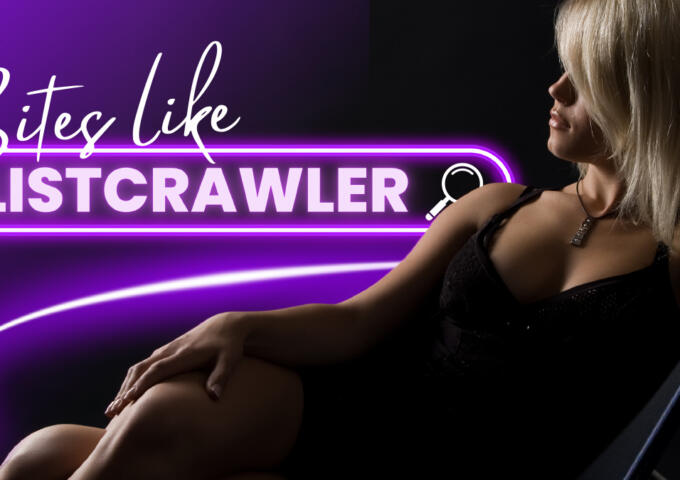“This is your brain on drugs.”
“Just Say NO!”
And, of course: “I learned it from watching YOU!”
Making something as unforgettable as these taglines is a marketer’s wet dream, but catchiness is only one measure of a commercial’s success. In the case of a public health campaign, the goal is (usually) to change people’s behavior. These notorious ‘80s-era anti-drug campaigns absolutely succeeded in memorability but were not great at the things they purported to do.
Not only did they fail to offer any meaningful education or resources related to drug use, but they suffer from the same core miscalculation of a lot of abstinence-only campaigns (whether it be about sex, smoking or what-have-you): spotlighting the supposed dangers of a behavior without seeming to understand why people engage in them in the first place.
This is relevant not only for the effectiveness of public health in general, but specifically in the era of COVID-19. What lessons can we take from the decades of previous campaigns to apply to our current pandemic?
Stark examples of superbly effective and rill, rill bad health campaigns are in the world of sexuality education. Some sexuality campaigns and lesson plans are focused on addressing the realities of sexuality, reducing risk, and endowing people with knowledge and the ability to apply it. These lessons are frequently assessed to see: Do they actually meet their objectives? Do students understand facts after taking this class? Does this flier campaign really lead to a reduction in STIs?
There are some school-based programs, social media movements and ad campaigns that have proven to be effective at reducing unwanted pregnancies, encouraging people to get tested for STIs, or to raise awareness of PrEP as an option to prevent HIV, for instance.
There are also lessons that fail utterly at their stated goals and manage to spread shame and foster stigma while they’re at it. Abstinence-only courses are infamously bad at imparting accurate information or preventing pregnancies and STIs, and they also manage to exclude queer kids, shame sexual abuse survivors and encourage damaging gender norms.
The reason they fail is the same reason that the notorious ‘80s anti-drug ads did. It’s the same reason that the school-based DARE program was such a spectacular failure that it managed to introduce kids to drugs they otherwise wouldn’t have considered. It’s the reason why the anti-smoking campaigns funded by tobacco manufacturers resulted in increased teen smoking (shocker!).
“Consistently the most effective campaigns are the ones that use peer pressure and foster the idea that ‘people like me are doing this thing.’ It’s the best way to get people to recycle, and it’s the reason DARE was such a flop: It told kids everyone was doing drugs.”
These ineffective campaigns don’t understand – or perhaps even consider – why people aren’t already doing the healthier thing. They fail to offer a bridge for the people to change their behavior. Just saying that it’s bad, icky or stupid isn’t going to counteract an addiction or provide an alternative means of getting whatever human need is currently being met by the risky activity.
In the interminable, godforsaken year of 2020, there is not a single person who is unaware smoking is unhealthy. It’s not a lack of knowledge. We have to provide a meaningful counter-argument to the appeal of engaging in an addictive, sensually pleasing, coded-as-rebellious social activity.
So given what we know, what are the things that a good, effective ad campaign would include?
Good public health campaigns are planned out: They establish what need they’re trying to meet, figure out what resources are already in place, identify what audience they are reaching, and are clear on what action people are being called to make.
Effective campaigns figure out what messages resonate with their target audience and take their message to where those folks are already congregating. A really good campaign by the National Institute for Health and Care Excellence headed to Snapchat with pictures and emoji-filled posts about how infections are spread and how drug resistance works. Instagram posts are extremely popular and easy to share, and have been used to spread knowledge on mental health, anatomy and even COVID.
Striking the right balance of emotion and education is important. It’s not enough just to get attention or provoke a reaction. Man Therapy, a funny campaign to encourage men to seek help for mental health issues, found incredible success at being meme-able and also getting men to look at suicide prevention resources.
“These ineffective campaigns don’t understand – or perhaps even consider – why people aren’t already doing the healthier thing. They fail to offer a bridge for the people to change their behavior. Just saying that it’s bad, icky or stupid isn’t going to counteract an addiction or provide an alternative means of getting whatever human need is currently being met by the risky activity.”
Unfortunately, accurate information is relatively useless if a campaign counters someone’s deeply held beliefs or sense of identity. Given the way that mask-wearing and general concern about COVID has become super politized, the best messaging will consider either the most universal values or be super targeted to specific groups. We know shaming people is a super ineffective method of encouraging behavior change, so how can we reach people who seem to be literally resistant to information?
Consistently the most effective campaigns are the ones that use peer pressure and foster the idea that “people like me are doing this thing.” It’s the best way to get people to recycle, and it’s the reason DARE was such a flop: It told kids everyone was doing drugs.
I don’t pretend to have a comprehensive COVID-19 public health campaign in my back pocket. But I do invite everyone to consider how they can factor this information into their own social media and conversations with friends or family who may need some persuading when it comes to wearing masks and distancing.
After all: The more you know…
Have a question for Timaree? Send an email to asktimaree@philadelphiaweekly.com.






Leave a Reply